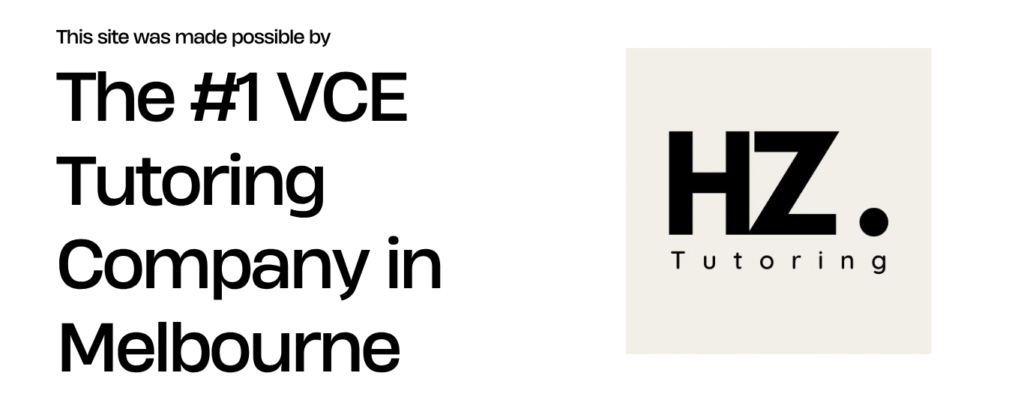The Cycle of Life: An Overview
This section compares the two fundamental biochemical pathways: Photosynthesis and Cellular Respiration. Notice how they are interconnected—the products of one process are the reactants for the other, forming a sustainable cycle. Click the buttons to highlight the corresponding molecules in each process.
Photosynthesis
INPUTS
6CO₂ + 6H₂O + Light
OUTPUTS
C₆H₁₂O₆ + 6O₂
Cellular Respiration
INPUTS
C₆H₁₂O₆ + 6O₂
OUTPUTS
6CO₂ + 6H₂O + ATP
Enzymes & Catalysis
Enzymes are biological catalysts sensitive to environmental conditions. This interactive chart visualizes how factors like temperature, pH, and substrate concentration affect the rate of an enzyme-catalysed reaction. Select a factor to see its impact.
The Helpers: Coenzymes
Coenzymes are vital “helper molecules” that shuttle energy and electrons between reactions. Click on each card to learn more about its specific role in either photosynthesis or cellular respiration. Notice how they cycle between loaded (high-energy) and unloaded (low-energy) states.
ATP/ADP
Universal energy currency.
NADH/NAD⁺
Respiration electron carrier.
FADH₂/FAD
Respiration electron carrier.
NADPH/NADP⁺
Photosynthesis electron carrier.
Photosynthesis Deep Dive
This module breaks down photosynthesis into its two major stages. Use the “Next” and “Previous” buttons to walk through the process, from capturing light energy in the thylakoids to synthesizing glucose in the stroma.
Cellular Respiration Deep Dive
Explore the three stages of aerobic respiration. Use the navigation buttons to follow the breakdown of glucose from the cytosol to the mitochondria, observing where ATP and coenzymes are produced at each step.

